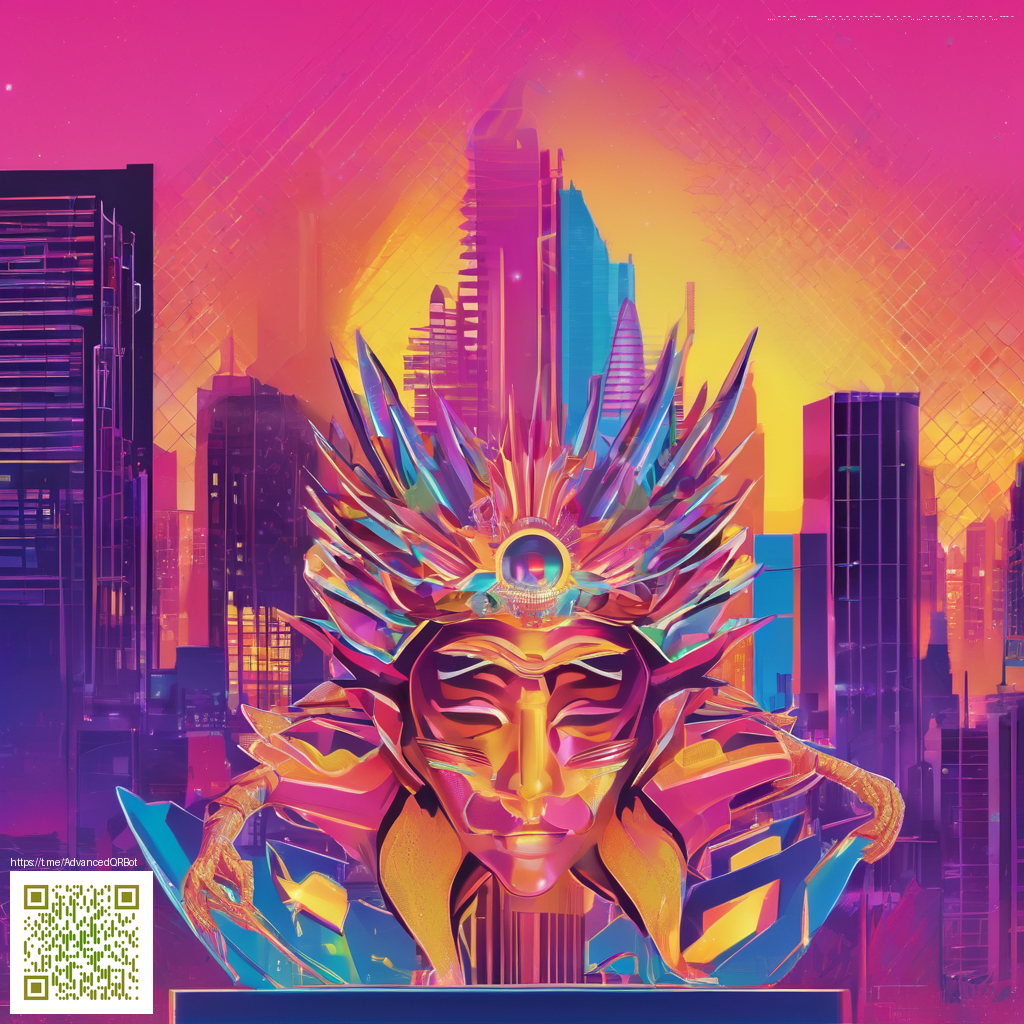AI-Driven Horror Storytelling: A New Frontier for Creators
Artificial intelligence is not just a tool for business analytics or code generation; it’s quietly reshaping how we conjure fear and suspense on the page. AI-driven horror storytelling blends algorithmic patterning with human artistry to craft scenes that tighten the throat and quicken the heartbeat. Writers are discovering that AI can propose twists, generate atmospheric details, and simulate audience reactions in real time, enabling a more collaborative and iterative creative process. The result is stories that feel both precisely engineered and eerily organic, as if fear itself is evolving alongside technology.
How AI reshapes dread, scene by scene
At the heart of AI-assisted horror is a shift from static outline to dynamic storytelling. By supplying prompts that specify mood, pacing, and sensory cues, authors can explore dozens of narrative trajectories in the time it once took to draft a single scene. AI-driven horror storytelling doesn’t replace the author’s voice; it amplifies it by suggesting unsettling textures—an unreliable narrator’s tremulous cadence, a room that seems to breathe with the characters, or a clock that ticks not in seconds but in heartbeats.
“Fear has rhythm. When you give the AI a tempo—slow, staccato, breathless—it returns with scenes that land where dread lives most.” — a practical approach shared by modern horror writers embracing AI collaboration
Beyond atmosphere, AI helps with structural tension. It can model multiple outcome branches, test pacing curves, and flag moments where tension may lag. Writers can then curate the most compelling branches, weaving them into a cohesive arc. The result is not a single draft but a living, evolving manuscript where AI suggestions mingle with the author’s instincts to heighten impact without sacrificing originality.
Practical strategies for today’s writers
To harness AI responsibly and creatively, consider these approaches:
- Define the fear architecture. Map the spine of your story: what is the central dread, where does it escalate, and how do the characters react under pressure?
- Use prompts to explore tone and tempo. Experiment with prompts that vary pacing—play with breathless, staccato sentences for chase scenes, then slow, lyrical lines for aftermath and reflection.
- Leverage branching for revision. Generate multiple endings or twists and compare how each affects emotional resonance.
- Guard your voice. Treat AI as a co-writer rather than a replacement. Always edit for consistency, cadence, and ethical considerations.
- Incorporate sensory specificity. Ask for vivid details—sound through the walls, a metallic tang in the air, the sensation of cold breath on the back of the neck—to deepen immersion.
Writers often discover that a well-organized workspace can amplify creative focus. As you prototype scenes late into the night, a dedicated setup matters. For example, pairing your creative ritual with a gaming neon mouse pad 9x7 personalized neoprene can keep peripherals at hand while the room’s glow sets a mood that mirrors the eerie worlds you’re building. The tactile comfort of a thoughtful desk setup becomes part of the storytelling process itself.
Curious minds sometimes explore outside the craft room as well. A recent exploration of interactive horror narratives on a dedicated page demonstrates how readers respond to rapid tonal shifts and unforeseen twists: https://night-static.zero-static.xyz/fe7ff065.html. While the page itself is distinct from your project, it offers a practical lens on how audiences engage with algorithmically generated suspense, reinforcing why pacing and mood matter as much as plot.
Ethical and creative considerations
As with any powerful tool, AI invites thoughtful ethics and responsible practice. Key questions include: Who owns the generated ideas, and how do you credit collaborative input? How do you guard against overfitting tropes or inadvertently amplifying harmful content? Artists who adopt AI in horror storytelling often establish boundaries—clear ethical guidelines, iterative human oversight, and a commitment to originality that respects audience sensibilities while pushing creative frontiers.
Ultimately, the most memorable horror emerges from a mesh of human intuition and machine-assisted possibility. The AI can echo fear with novel phrasing, propose unexpected twists, and simulate audience reactions; the author chooses which echoes to amplify, shaping a narrative that resonates on a primal level. The result isn’t just scarier prose—it’s a collaborative process that invites experimentation, reflection, and refined artistry.
